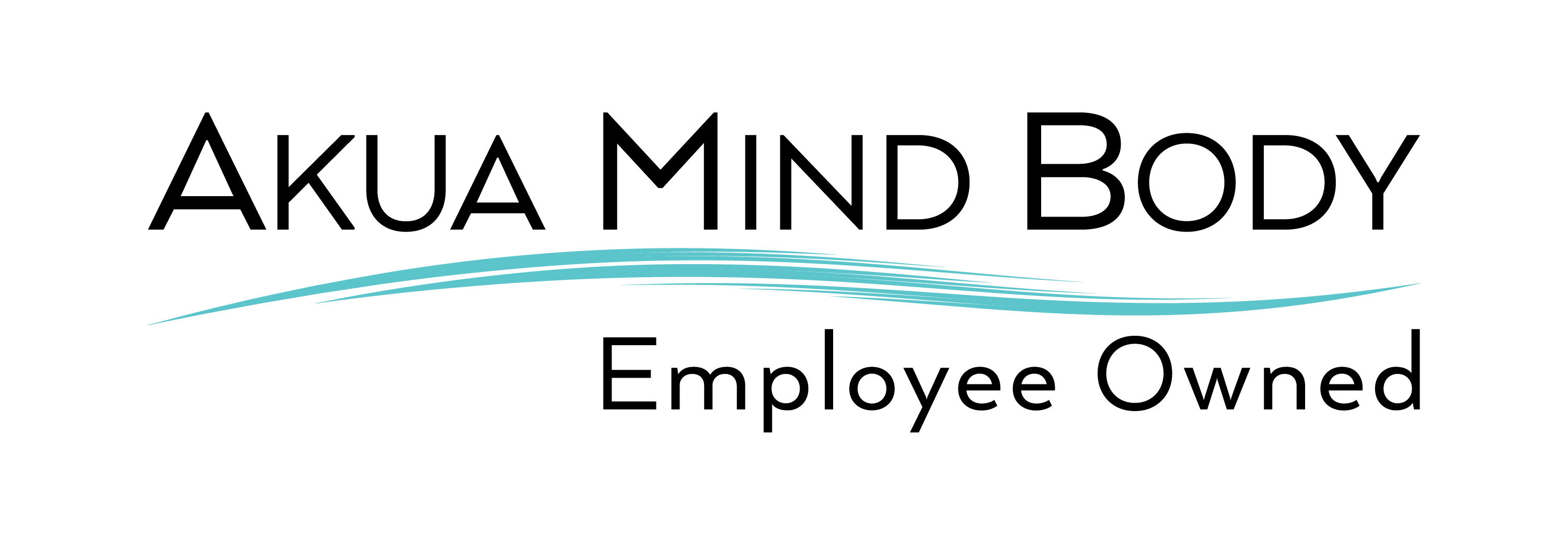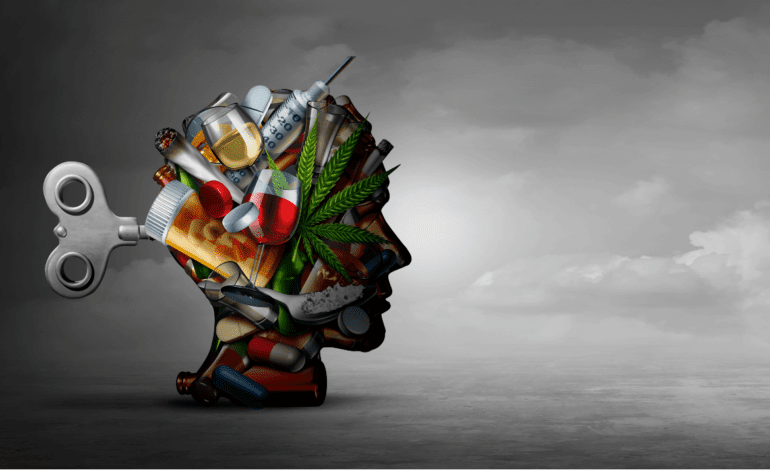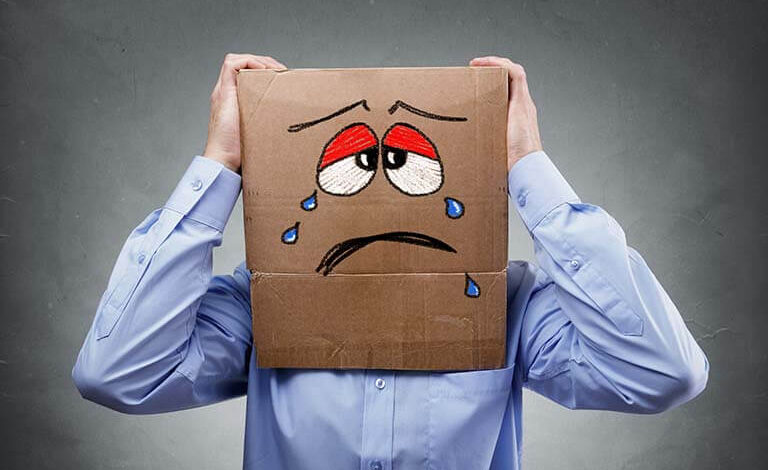Our brains are composed of millions of brain cells (neurons) that communicate with each other to send signals throughout our body via neural pathways. As we continue to develop and learn in infancy and childhood, our neural pathways change, a term known as neural plasticity. At approximately 25 years of age, our neural pathways are no longer changing as much because our brain is fully developed. However, with consistency and repetition, we can rewire our brains to create new habits and lifestyle changes. As humans, we live and thrive on the “pleasure-reward” system. Our brains release dopamine, the “feel good” brain hormone when an event, task, or emotion is pleasurable or satisfying. When we want more of this “feel good” experience, we repeat the stimulating action, and more dopamine is released, continuing the “pleasure-seeking” cycle.
The brain’s reward system is hijacked during addiction
Drug addiction is a pleasure-seeking behavior that not only releases dopamine in the short term but over time can rewire the brain, resulting in new neural pathways. When we continue to abuse drugs and alcohol, the brain’s chemistry and pathways change to adapt to the drug of abuse. As a result, brain function changes, and when the individual reduces their drug use or stops using altogether, the brain is starved of the addicted drug and can push the body into withdrawals. The longer the addiction continues, the more permanent these neuronal changes become, making recovery a more difficult process.
Drug addiction affects every part of the brain but some specific regions of the brain, more than others, are more stimulated and result in change. The three main parts of the brain that are directly affected by addiction are the basal ganglia, the amygdala, and the prefrontal cortex.
The basal ganglia are tightly linked to the brain’s reward system. This area of the brain recognizes pleasurable activities such as enjoying company with friends, sipping on a good-tasting cup of coffee, or going for a long run. Drugs and alcohol directly affect the basal ganglia by blunting its sensitivity to dopamine. Over time, continued drug abuse will blunt this area of the brain to the extent that drugs or alcohol are the only stimuli to activate the reward center. Food, friends, and long runs in the woods will no longer produce pleasurable effects.
The amygdala is responsible for many human emotions, both negative and positive. Specifically, the amygdala is often referred to as the “fear center” of the brain, as it plays a primary role in fear, irritability, stress, and anxiety. These negative emotions also occur during a withdrawal period, when the individual stops using the drug of abuse. These negative emotions linked with uncomfortable withdrawal symptoms will often result in intense urges and cravings to use, potentially leading to high relapse rates.
The prefrontal cortex is part of the brain that is responsible for decision making, logic and reason, and impulse control. Addiction to drugs and alcohol has an effect on this part of the brain, causing irrational decisions, poor concentration, and impulsive thoughts and actions. A perfect example is driving a motor vehicle under the influence.
Drugs vs. natural rewards
Normal rewards such as sex, food, and laughter are nearly incomparable to drugs in terms of their effects on the nervous system. Natural rewards vs. drug abuse on the brain can be compared to someone using their inside whisper voice vs. someone shouting into a microphone. The amount of pleasure experienced from drug use is much higher compared to natural rewards and as a result, the brain becomes accustomed to these high surges of pleasure.
Turning down the volume on the radio is similar to how the brain adjusts to drug use over time. Neuroplasticity occurs as the brain produces fewer neurotransmitters in the reward circuit and/or reduces the number of signals sent between neurons. As a result, the individual’s ability to feel pleasure from a natural reward such as food and sex is also reduced. This is one of the primary reasons why an individual who struggles with a substance use disorder can feel isolated, depressed, and unmotivated which can have a drastic negative effect on their mental health because they no longer can experience pleasure from everyday activities they once enjoyed. Additionally, as the brain becomes blunted from continued drug use, the individual will eventually need more of that drug to experience pleasurable feelings, an effect known as tolerance.
Brain in addiction recovery
Although the brain is highly vulnerable to addiction, the brain is capable of doing incredible things such as “unlearning” addiction. Over time, the brain can heal itself from drug addiction. Although the effects of drugs on addiction can be detrimental to the brain structure, addiction recovery can be healing for both the brain and body. Many addiction treatment centers use cognitive behavior therapy which helps individuals adopt new routines and behaviors that can help retrain the brain to adapt to recovery.
Depending on the severity of your addiction, your brain and body most likely will go through withdrawals, however, over time, with the right medications and therapy approaches, individuals can learn to create healthy thought patterns and responsible actions that can aid in the overall recovery process.
Avoiding triggers that were once associated with cravings and urges to use is also important for the brain to rebuild during recovery. This includes avoiding places, people, and situations that were once linked to your addiction. Rebuilding the brain’s neural pathways in recovery does take time, sometimes months, depending on the substance of abuse. However, neuroplasticity after addiction is possible, with the right treatment, care, and support.




